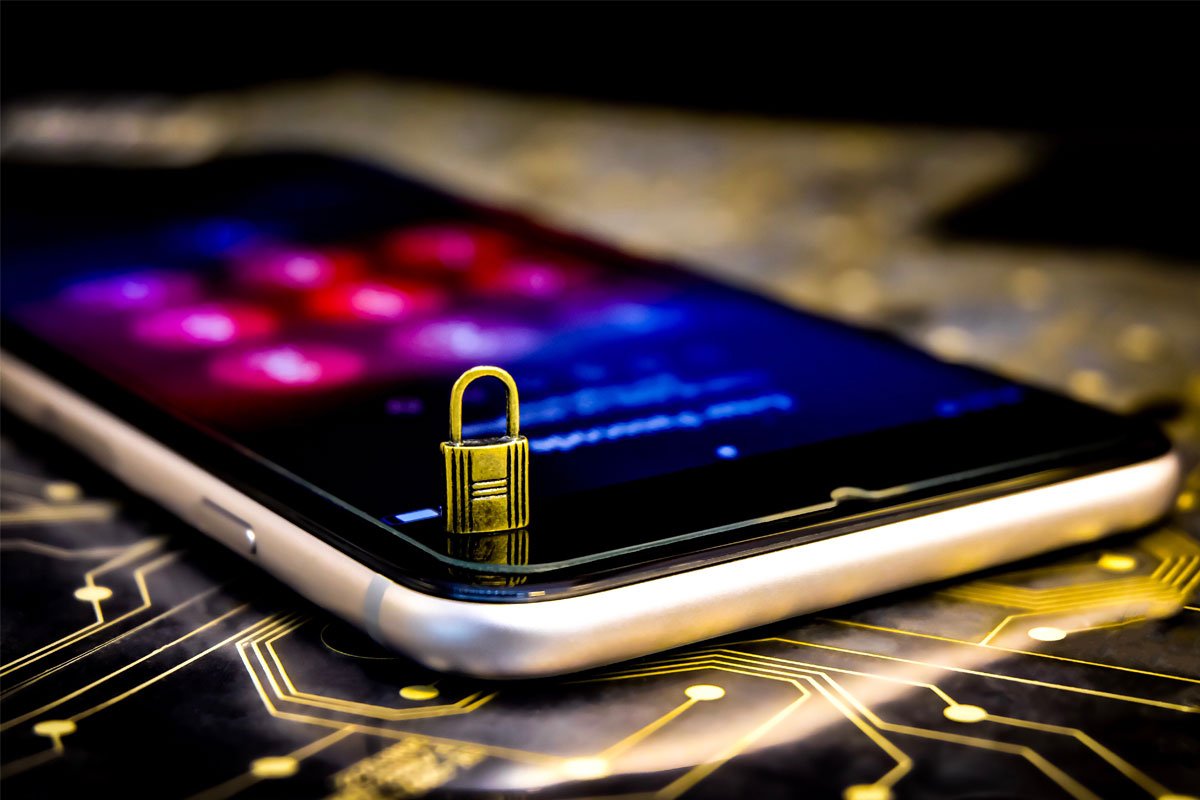
This Friday is October 1st, and the month of October is Cybersecurity Awareness Month! Historically, our biggest cyber threat has been our computer workstations that we use for work and for personal use. But as mobile devices become used more and more for both business and personal use, it’s the mobile device where the biggest threat to security is emerging.
Cybersecurity Awareness Month was launched by the National Cyber Security Alliance (NCSA) and the U.S. Department of Homeland Security (DHS) in October 2004 as a broad effort to help all Americans stay safer and more secure online. The NCSA creates and implements broad-reaching education and awareness efforts to empower users at home, work and school with the information they need to keep themselves, their organizations, their systems and their sensitive information safe and secure online and encourage a culture of cybersecurity. And Cybersecurity Awareness Month is a part of that!
According to this “Mobile vs Desktop Usage” study by Perficient (sourcing Google Analytics), 68.1% of website visits globally in 2020 came from mobile devices—an increase from 63.3% in 2019. Desktop website visits only accounted for 29%. So, it’s the mobile device, not desktop and laptop workstations, that comprise most of the internet traffic – by far.
The famous criminal Willie Sutton was once asked why he robbed banks and his answer was simple: “Because that’s where the money is”. Cyber criminals direct their attention where the traffic is and, more and more, that is through mobile devices. And here’s the scary part – your mobile device may already be compromised, and you don’t even realize it.
There are several threats to your mobile device that are opportunities for cyber criminals. Here are five that you need to be aware of:
Cybersecurity Awareness Month is all about awareness of the ever-evolving dangers of cyber attacks and taking steps to protect yourself or your organization from those attacks. With the mobile device becoming the predominant device used for online activity, it’s just as important to take steps to protect your mobile devices as it is to protect your personal or business workstations.
It’s also important to understand whether your mobile device has already been compromised as a recent report by IBM found that the average time to detect and contain a data breach is 280 days! Many of you may be walking around with compromised mobile devices and not even realize it. How’s that for awareness?
To schedule a free computer forensics consultation for your law firm or business, contact Forensic Discovery online or call us at 877-764-0920. Our certified computer forensics experts have helped thousands of clients throughout the country retrieve and preserve digital evidence from our offices in Arizona, California, Colorado, and Texas.
"*" indicates required fields